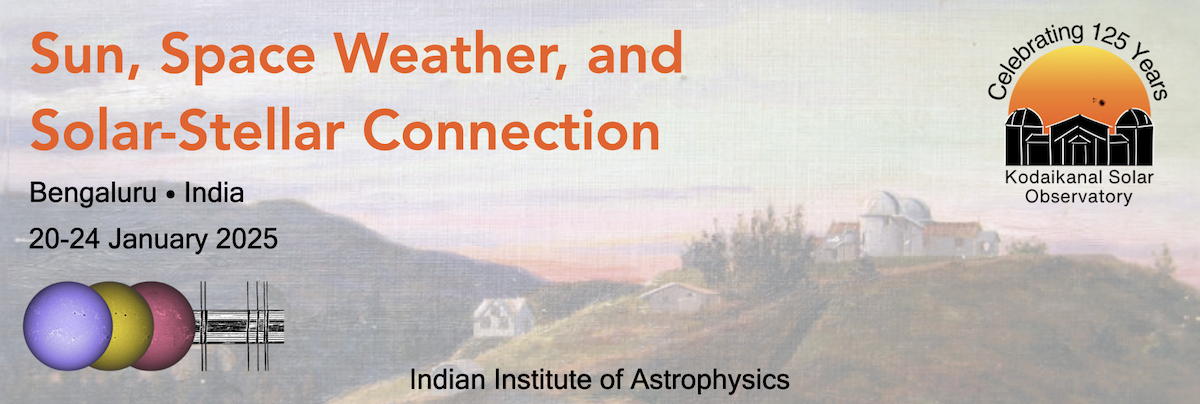Speaker
Description
Temporal and spatial variations in solar rotation with accurate determination and its correlation with solar activities are interesting topic in solar physics since earlier. Solar rotation can be measured by tracking the tracers across the solar disk, or via spectroscopy, or via flux modulation method using radio waves, X-rays, and UV rays that emitted out in the space. Solar Dynamics Observatory, a space mission of NASA to study the magnetic behavior in the Sun. Onboard instrument SDO/AIA continuously observing the Sun and data can be used to estimate the rotation of solar atmosphere, which in turn provides information about change in solar magnetic field as variation in solar cycle. In present work possible variation in latitudinal solar rotation is estimated by using flux modulation method. The SFD images at 1600 Å and at a cadence of one image per day, obtained from SDO/AIA have been used for each year of the whole mission period (2011-2023). In flux modulation method, the variation in flux emitted over the latitudinal bin (formed on equally separated latitude region of SFD images that extended from 80oN to 80oS) on solar disc generates annual time series at each latitude. Statistical tool LSP has been used to estimate periodic oscillations present in the time series. Solar Full Disk image at 1600 Å shows a highly complex and magnetically structured region lies between chromosphere and upper most layer of solar atmosphere called corona, in this region phenomenon of rapid rising of temperature from relatively cool photosphere to much hotter corona takes place and this region is also responsible for generating solar wind in which charged particle is streamed outward from Sun to the solar system.
| Contribution Type | Poster |
|---|---|
| Theme | Solar - Stellar Connections |

